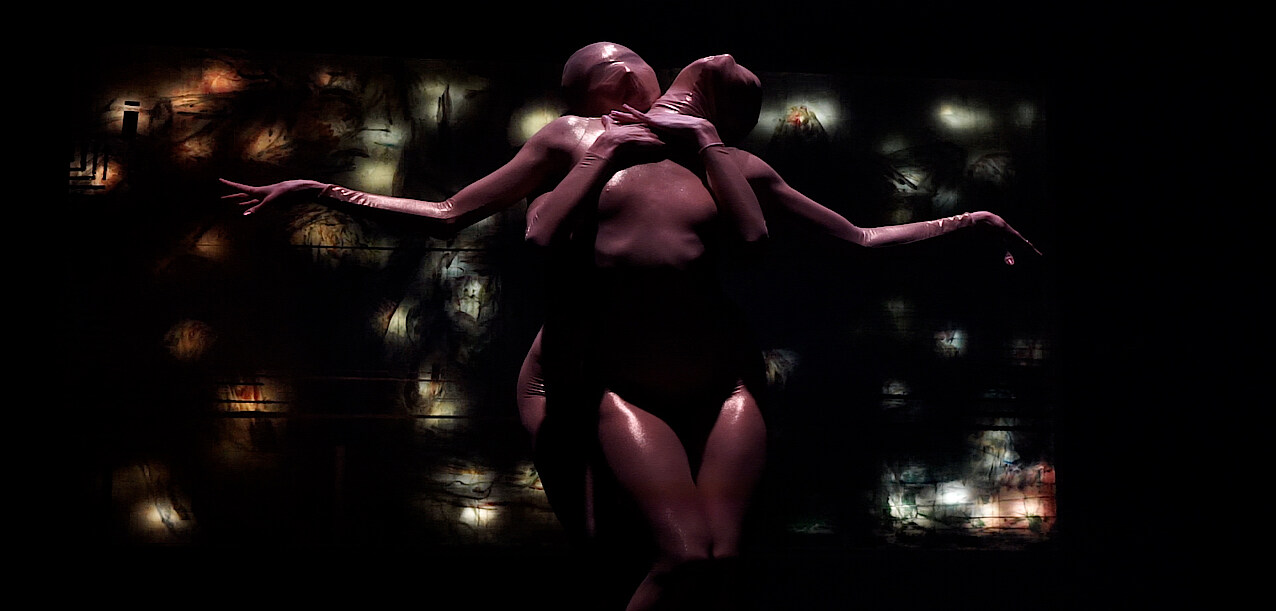Choreographies from the Ensemble
Choreographies from the Ensemble
Choreographies from the Ensemble
Choreographies from the Ensemble
Choreographies from the Ensemble
Choreographies from the Ensemble
With the Next Generation format, Staatsballett Berlin offers its dancers a free space and the necessary framework to expand their range of artistic expression and create their own choreographies for the stage. The short works are experiments in the search for an individual choreographic signature and a mirror of what the next generation of artists is concerned with. Whether they deal with familiar movement material, personal experiences, literary models or current discourses—there are no limits to the forms and themes. The results, as diverse as the choreographers themselves, will be premiered in the Tischlerei of the Deutsche Oper Berlin.
